5 things to check when buying a vintage guitar
Matt Gleeson of setup and maintenance wizards Monty’s Guitars on what to look for in an older guitar before buying
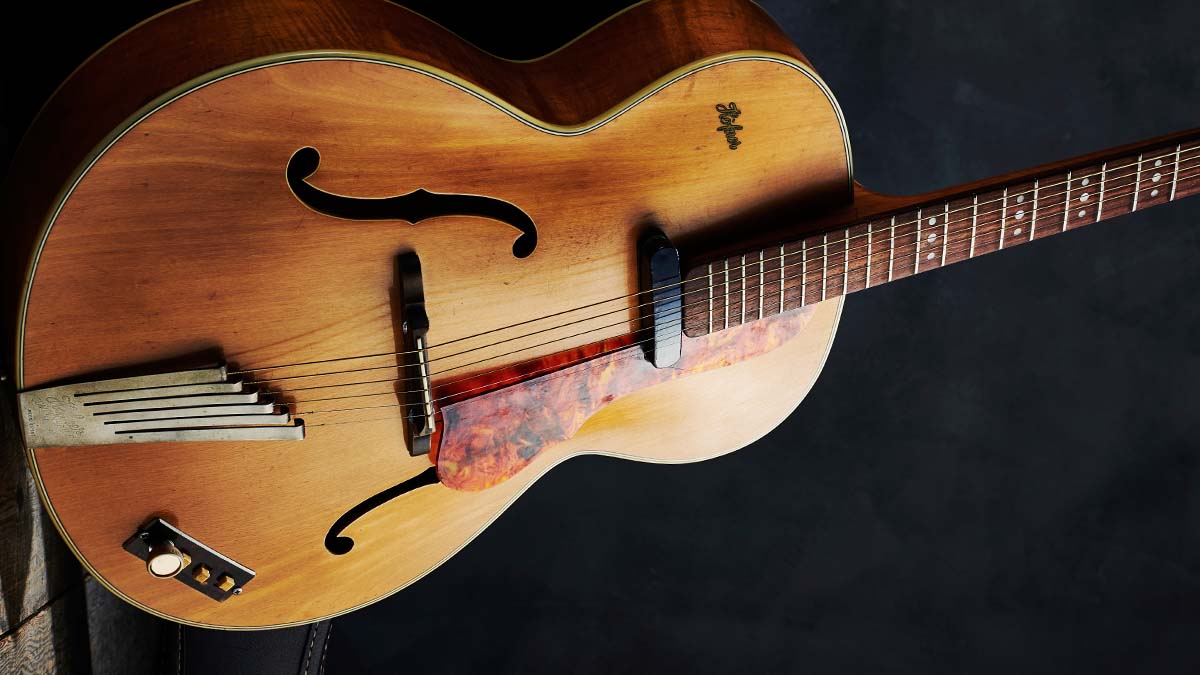
”Old stuff can be good – but you’ve got to remember that just because it’s old doesn’t mean it’s great. It can still be absolutely toilet-grade” says Matt Gleeson of Monty’s Guitars, who has set up and repaired a huge spectrum of old and new guitars during his 20-plus years as a pro guitar tech.
“So try as many as you can get your hands on. One will be different to another example and one might speak to you more than another. Sometimes the ones that are a little cosmetically ropey are actually the better ones – but you won’t know till you check them over and play them,” he advises, adding that the most important thing is that the guitar connects with you in an easy and natural way.
The most important thing is that the guitar resonates with you when you pick it up. Everything else is generally fixable
Matt Gleeson
“I know that sounds a bit hippy,” he says, “but the most important thing is that the guitar resonates with you when you pick it up. Everything else is generally fixable. But remember that if it’s not already very well set up and cared for, you’re always going to have to budget for a little bit more on top to put niggling issues right.”
Since prevention is better (and cheaper) than cure, here Matt offers five tips for assessing whether a vintage guitar you’re thinking of buying is likely to be a bargain or a money pit.
1. Check The Frets
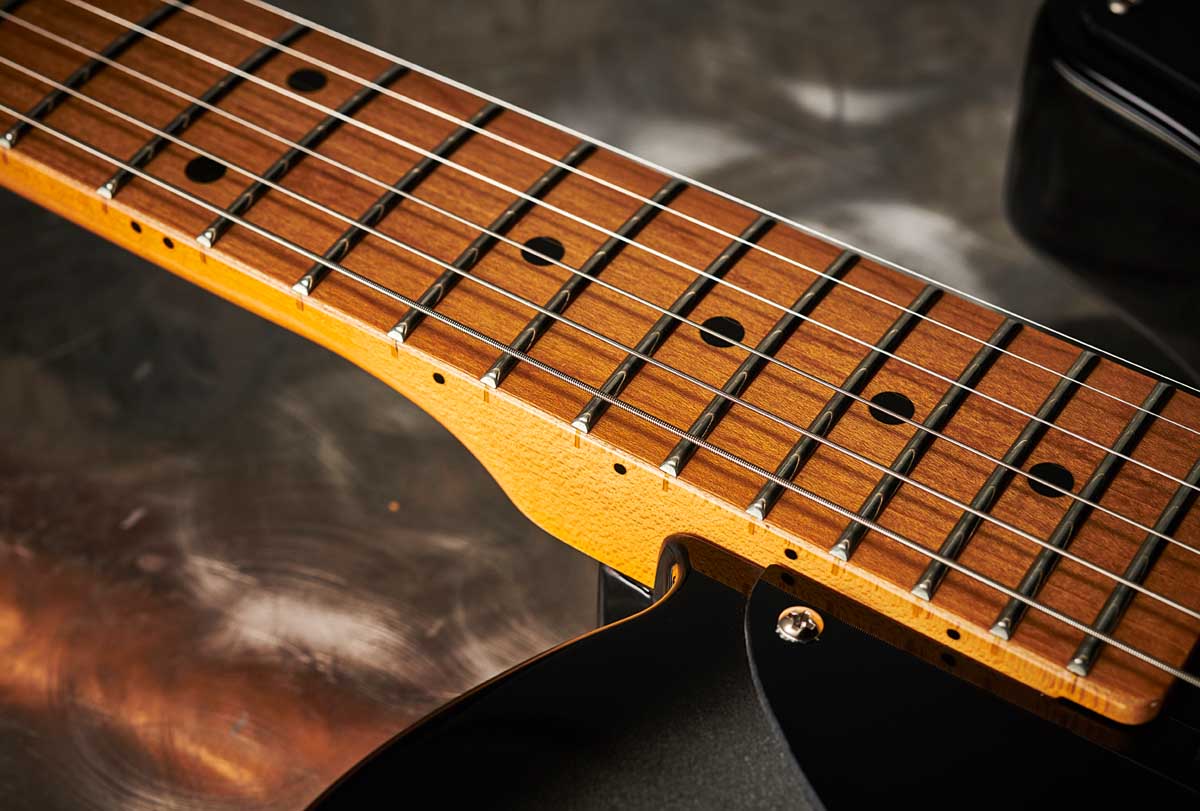
“The condition of the frets is something I’d always go to first off because you’ve got to consider that in the asking price of the guitar,” says Matt. “Say if you’re looking at a 70s Strat, which are still relatively attainable price-wise, the frets in them are really small and during that period they were spraying them with really thick lacquer.
“So if you’ve got worn frets on top of that it can feel like you’re playing a fretless wonder. That leaves you facing the cost of refretting and, if it’s a maple ’board, that might mean you also have to refinish the fingerboard because the lacquer flakes off like mad [when you do refretting work].
“So those things could add an extra few hundred pounds on top of the original price. “With things like old Gibbos that have slightly wider frets, if those frets get flattened off by wear, you lose an accurate intonation point for that fret.
Get The Pick Newsletter
All the latest guitar news, interviews, lessons, reviews, deals and more, direct to your inbox!
“If that happens, the tuning can sound ‘off’. When you fret a string it’s not meeting a single, well-defined peak but actually fluttering across a flat strip of metal. That dulls the sound a little and adversely affects tuning, so you’d have to factor in a fret dress or something to resolve that.”
2. Don’t Be Scared Of The Odd Crackle
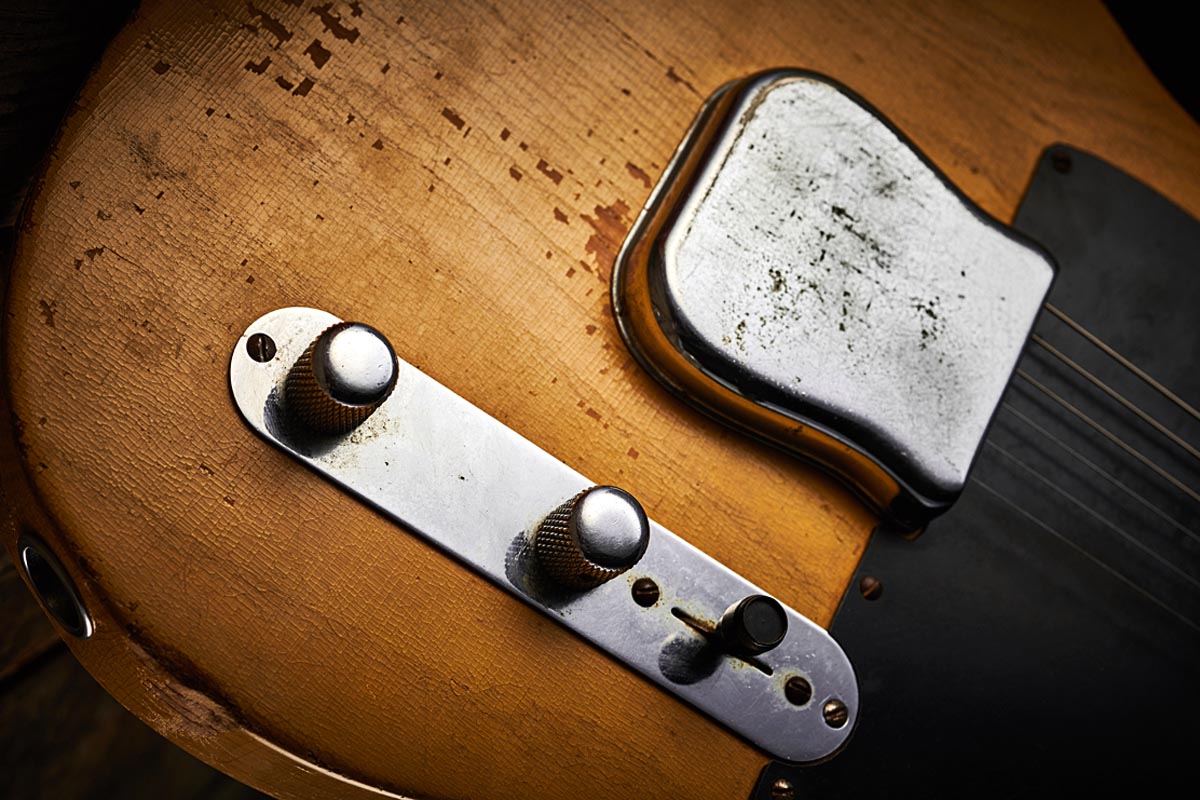
“If somebody’s had a guitar in a loft somewhere and the guitar hasn’t been used for ages, you may find the electrics cut out or are a bit crackly at first. I wouldn’t necessarily be worried. You can use switch cleaner, which does do a certain amount, but the best thing you can do to clean a pot out is literally to use it.
“So when you’re inspecting a guitar with a view to buying, plug it in and roll any crackling pots back and forth. If a crackling pot starts clearing up while you’re testing it then you know you’re all right. If you’re feeling cheeky, you might want to point out the crackle to the seller then use it to haggle them down a bit!”
3. Check ALL Moving Parts
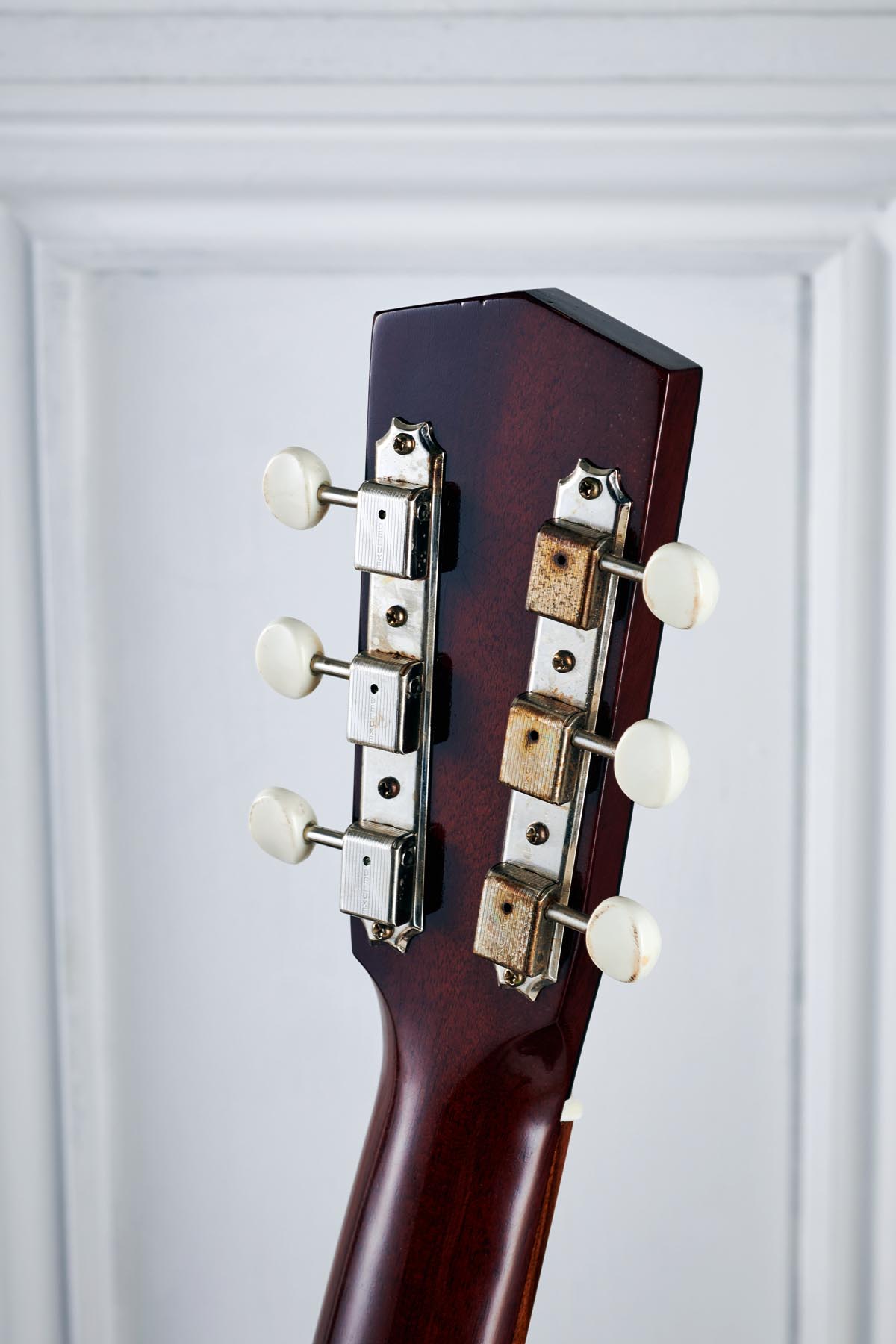
“Check that all the machineheads work, which is something people often miss. Just check everything. Make sure that all the grub screws and things you may need to adjust look like they can still be adjusted – have a look and see if they’ll actually move.
“With Strats, you’ve got those six individual saddles with grub screws in them for height adjustment and if they’re caked with gunk and rust and crud they’re not going to be able to move. If they’ve reached that condition, you may have to take the [bridge assembly] apart and soak them in oil or replace them, which is more time and expense.”
4. Be Realistic
“You have to be realistic about the old guitar you’re trying to set up. Take a Hofner Verithin, for example: it’s very, very tricky to get them to play super low, so it’s never going to be a shred machine. There are certain parameters that you can’t improve on them – but they do sound amazing, really, really good.
“Some of the pickups on them aren’t as robust as modern equivalents because the wire originally used [to connect the pickups to the controls] has a shelf life, and unfortunately it’s about now.
“We see a lot of them where you touch the cable and it crumbles. You see that on old Gretsches as well, occasionally. They used a braided cable similar to old Gibsons, though the insulation between the braid and the inner core wasn’t cloth but an obsolete type of plastic that goes hard over time.
“That’s fine if you don’t do anything with the guitar but as soon as you have to change a part, move it around, the whole cable can fall apart in your hand. There are little things that you have to be aware of.”
5. Do Your Homework
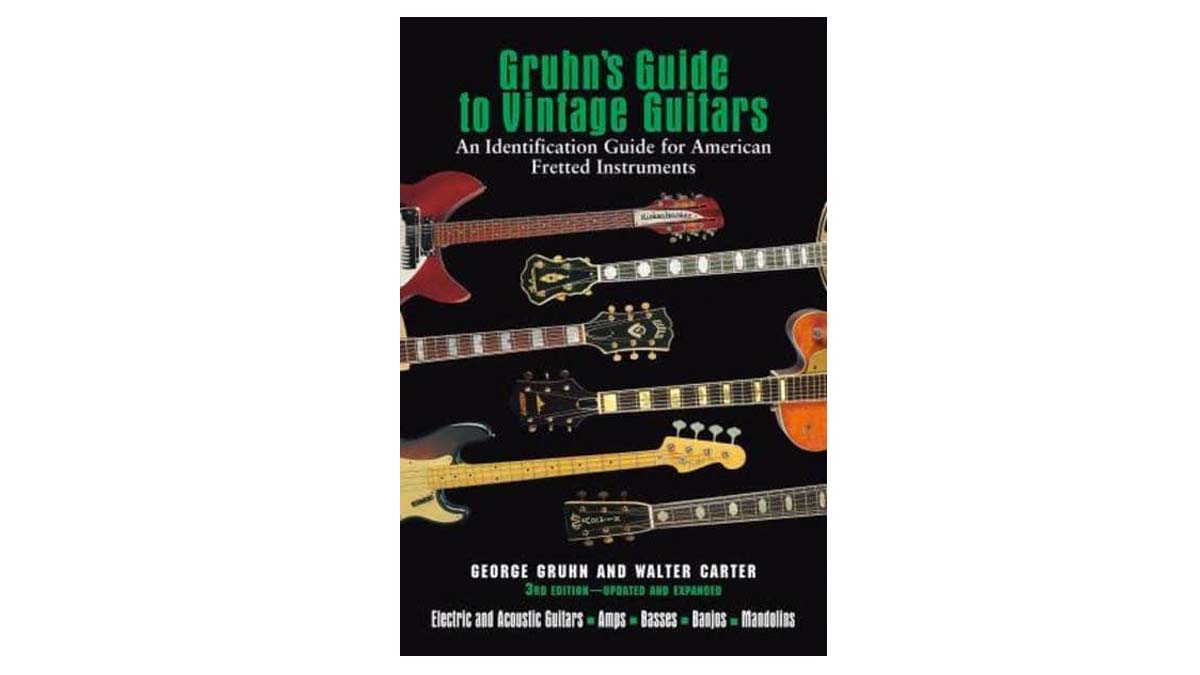
“Do your homework and inspect a guitar as fully as possible before buying so you don’t get conned. I know a guy who’s a big collector and he got duped with a ’65 Strat. He bought it on impulse and it ended up that only the neck was original but nothing else.
“As soon as you took it apart you realised that there was nothing original in there – it was all shonky. So even with the cheaper stuff, money is money and you’ve got to cover yourself. Even taking snaps of a prospective buy can help. We get it all the time, people send us Instagram pics of guitars they’re thinking of buying, asking, ‘Is this okay?’
“I’m generally more than happy to advise them because the worst thing is somebody getting done over. George Gruhn’s [Guide To Vintage Guitars] book comes out every year and it’s really up to date; you can check serial numbers and pots and any level of geekery in it. I’d really recommend getting something like that as a reference.”
Jamie Dickson is Editor-in-Chief of Guitarist magazine, Britain's best-selling and longest-running monthly for guitar players. He started his career at the Daily Telegraph in London, where his first assignment was interviewing blue-eyed soul legend Robert Palmer, going on to become a full-time author on music, writing for benchmark references such as 1001 Albums You Must Hear Before You Die and Dorling Kindersley's How To Play Guitar Step By Step. He joined Guitarist in 2011 and since then it has been his privilege to interview everyone from B.B. King to St. Vincent for Guitarist's readers, while sharing insights into scores of historic guitars, from Rory Gallagher's '61 Strat to the first Martin D-28 ever made.
“It combines unique aesthetics with modern playability and impressive tone, creating a Firebird unlike any I’ve had the pleasure of playing before”: Gibson Firebird Platypus review
“I met Joe when he was 12. He picked up a vintage guitar in one store and they told him to leave. But someone said, ‘This guy called Norm will let you play his stuff’”: The unlikely rise of Norman’s Rare Guitars and the birth of the vintage guitar market











